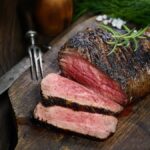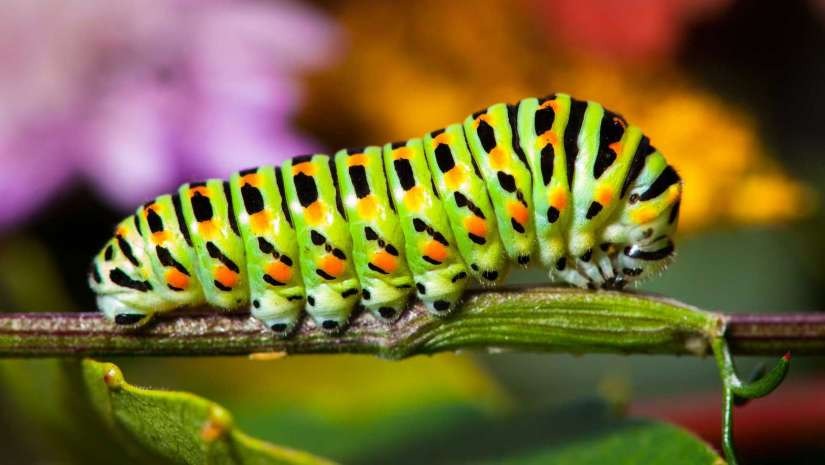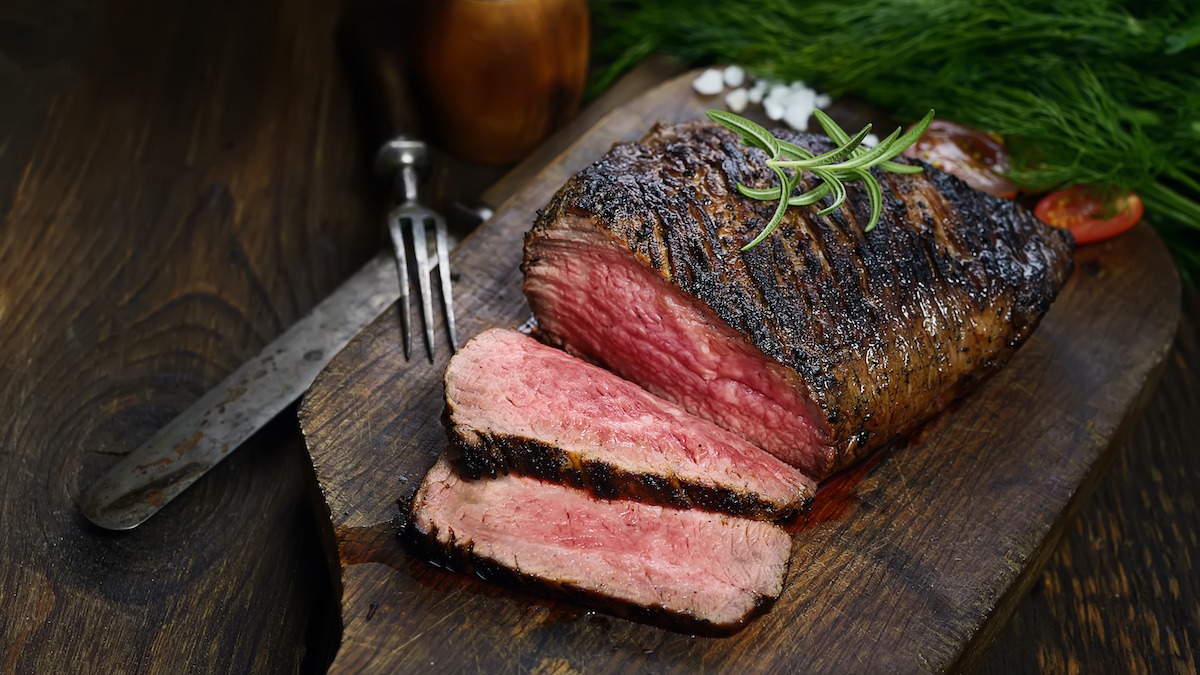Summer offers the perfect opportunity for photographers to explore the intricate world of macro photography. With longer days, warmer weather, and vibrant natural subjects like flowers, insects, and dew drops, this season is ideal for diving into the details that often go unnoticed. Macro photography allows you to reveal the hidden beauty of the small world, but mastering it requires more than just pointing your lens close to a subject. This summer, whether you’re a beginner or an experienced photographer looking to sharpen your skills, there’s no better time to get immersed in macro photography.
Understanding the Basics of Macro Photography
At its core, macro photography involves capturing small subjects at life-size or greater magnification. Typically, a 1:1 magnification ratio means the subject appears on the camera’s sensor at its actual size. To achieve this, you’ll need either a dedicated macro lens or a setup that allows close focusing, such as extension tubes or close-up filters. It’s also essential to understand the role of depth of field in macro work. Because you’re working at such close distances, even a small aperture can result in a very shallow depth of field, making focusing a real challenge.
Choosing the Right Equipment
While a true macro lens provides the best quality and flexibility, you don’t necessarily need the most expensive gear to start. There are budget-friendly alternatives like reverse lens adapters and macro filters that attach to your existing lenses. However, for consistent results, a dedicated macro lens—typically ranging between 60mm and 105mm—is ideal. A tripod is also invaluable in macro photography to maintain stability, especially in low light or when using slower shutter speeds. Manual focus is often preferred, giving you greater control over what part of the subject is in sharpest detail.
Natural Light vs. Artificial Lighting
Lighting plays a crucial role in macro photography, and summer’s abundant natural light can be a huge advantage. Early morning or late afternoon provides soft, golden lighting that enhances textures and colors without creating harsh shadows. However, because macro shots often require small apertures for depth of field, you may need additional light sources. Ring flashes or small LED panels can provide even illumination without overpowering the subject. Reflectors can also help bounce natural light into shadowed areas, especially when photographing beneath foliage or in shaded environments.
Composing a Striking Macro Shot
Great macro photography is not just about technical accuracy but also about storytelling and composition. Pay attention to the background—because you’re working so close, even minor distractions can become more prominent. Use clean, uncluttered backdrops or adjust your angle to isolate your subject. Try different compositions rather than always centering your subject; placing it according to the rule of thirds can lead to more dynamic and engaging images. Don’t be afraid to experiment with unconventional angles or perspectives. Sometimes, getting lower or shooting through leaves can add depth and intrigue to your shot.
Practice and Patience Make Perfect
Macro photography teaches patience like few other genres. Subjects such as insects are unpredictable and constantly moving, and even a slight breeze can ruin your shot. Take your time to observe your subject’s behavior and learn its patterns. For static subjects like flowers or textures, take multiple shots at different focus points and review them later to learn what worked and what didn’t. Practice also helps you develop a steady hand, faster response times, and a sharper eye for detail—all crucial elements in successful macro photography.
Editing for Impact
Post-processing is often the final step in refining a macro image. Programs like Adobe Lightroom or Photoshop allow you to tweak contrast, sharpness, and color balance to enhance the details. Be careful not to overdo it—macro photography already reveals so much detail that excessive editing can make the image look unnatural. Subtle adjustments, such as selective sharpening or softening the background, can make your subject pop without compromising the photo’s authenticity.
Conclusion
Mastering macro photography this summer is a rewarding journey that deepens your appreciation for the natural world. With the right gear, thoughtful composition, and a bit of patience, you’ll start seeing beauty in places most people overlook. Summer offers countless opportunities to practice—from blooming gardens to buzzing insects—and every image you take helps sharpen your skills. Embrace the challenge, take your camera outdoors, and get ready to uncover the magic of the miniature world.
Visit these links for similar information :
https://mundoadministrativo.net
https://onlinebuymarijuana.com
https://homelessinformation.com
https://healthylivingindia.org
https://refinance-student-loans.org
https://oldpathshomesteading.com










